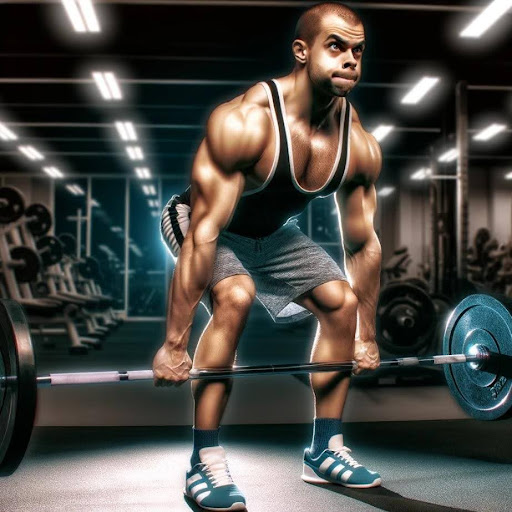
A Guide to Different Types of Barbells: Which One is Right for You?
The barbell has been a cornerstone of strength training for centuries. Dating back to the early 19th century, its origins can be traced to strongmen who used rudimentary weighted bars for lifting competitions. Over time, the design evolved, incorporating standardized dimensions, knurling for grip, and rotating sleeves for Olympic lifts. Today, barbells cater to a range of fitness goals, from powerlifting to general strength training. With so many variations available, selecting the best barbell for your needs is essential. This guide explores different types of barbells, their uses, and which one might be the right fit for you.
Types of Barbells and Their Uses
1. Standard Barbell
Best for: General strength training, home gyms, and beginners.
A standard barbell is typically 5 to 7 feet long, weighs around 15 to 45 lbs, and has a fixed sleeve diameter that fits standard weight plates. It is ideal for basic exercises like squats, deadlifts, and bench presses. While standard barbells lack the durability and flexibility of specialized bars, they serve as a great entry point for those new to lifting.
2. Olympic Barbell
Best for: Powerlifting, Olympic lifting, and CrossFit.
An Olympic barbell is designed to handle heavy weights and dynamic movements. It usually weighs 20 kg (44 lbs) for men and 15 kg (33 lbs) for women. These bars feature rotating sleeves, which reduce torque on the wrists and make lifts like cleans and snatches smoother. They also have a specific knurling pattern to assist with grip without being too aggressive.
3. Powerlifting Barbell
Best for: Competitive powerlifting and heavy strength training.
A powerlifting barbell is built for maximum stability under heavy loads. It has less flex (whip) than Olympic bars and features aggressive knurling for a firm grip. These bars often have a center knurl, providing better control during squats. If your goal is to excel in the big three lifts—squat, bench press, and deadlift, this bar is an excellent choice.
4. EZ Curl Barbell
Best for: Arm workouts, bicep curls, and triceps exercises.
The EZ curl bar has a zigzag design, which reduces strain on the wrists and elbows during curls and extensions. This makes it a great option for those looking to isolate the biceps and triceps without excessive joint stress.
5. Trap (Hex) Barbell
Best for: Deadlifts, shrugs, and functional training.
A trap bar, or hex bar, is a six-sided barbell allowing the lifter to step inside the frame. This design shifts the weight’s center of gravity closer to the body, reducing lower back strain and making it a safer alternative for deadlifts and shrugs.
6. Safety Squat Barbell
Best for: Squats, reducing shoulder strain, and injury prevention.
A safety squat bar features a padded section with forward handles, making it easier on the shoulders and upper back. It is especially useful for lifters with mobility issues or recovering from injuries.
7. Swiss (Multi-Grip) Barbell
Best for: Pressing movements, joint-friendly workouts.
A Swiss bar has multiple neutral grip handles, reducing strain on the wrists and shoulders. It’s an excellent option for bench pressing, tricep extensions, and shoulder presses.
Choosing the Best Barbell for You
When selecting a barbell, consider these key factors:
Your Training Goals – Are you focusing on Olympic lifting, powerlifting, or general fitness?
Barbell Knurling – Choose an aggressive knurl for powerlifting or a moderate one for general lifting.
Weight Capacity – Ensure the bar can support the weights you intend to lift.
Barbell Flex (Whip) – Olympic lifters need more whip, while powerlifters require stiffer bars.
Sleeve Rotation – For dynamic lifts, a bar with smooth-rotating sleeves is essential.
Conclusion
The barbell is one of the most fundamental tools in strength training. From standard barbells for beginners to specialized options like the TA Sport Rubber Coated Barbell LS2032, finding the right one can significantly impact your performance. By understanding the different types and their benefits, you can make an informed choice and enhance your workouts for maximum gains.